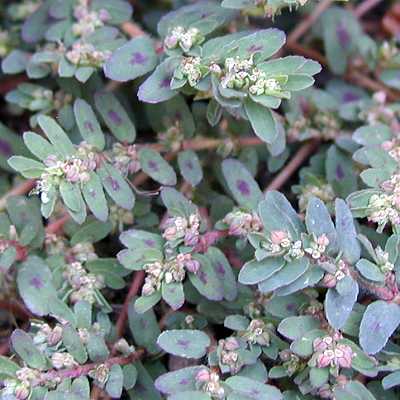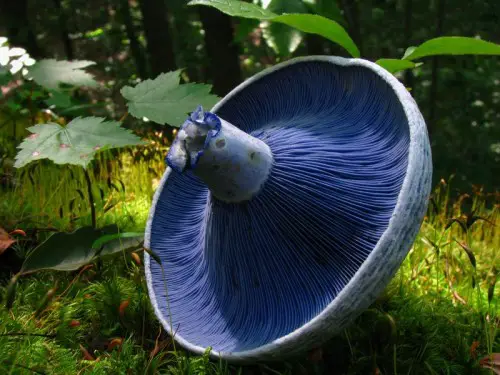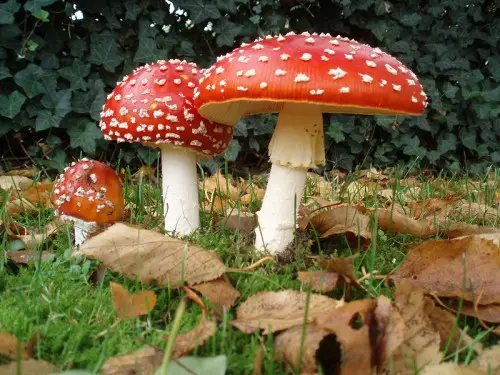Spurge
Euphorbia, or the various types of Spurge are found in tropical, temperate and subtropical regions of Africa, North America and South America. Over two thousand species exist and they are considered an invasive weed in many areas.
The name comes from the Middle English word meaning to purge, descriptive of the sap of the plant on humans. Spurge grows from six to thirty-six inches tall.

Spurge does not like competing for space
Spurge dislikes competing for space and nutrients and for a thick mat of growth that produces many seeds. It is an annual or perennial herb, shrub or tree depending on the environment and climate in which it grows. The roots are thick, fleshy or tuberous and the sap is thought to be poisonous. Testing shows that in certain species the milky sap is ten thousand to one hundred thousand times more caustic then the juice from the hottest chili pepper grown. Care should be taken when spurge is handled because it can inflame mucus membranes and in certain cases be harmful to children and small pets.
There are several kinds of spurge that are prevalent in the United States; one of the best known is the Christmas poinsettia. Some of the others are wood spurge, leafy spurge, and rattlesnake weed, Christ-of-thorns, spotted spurge and quite a few more.
The leafy spurge is a threat to native plants across the northern United States, causing problem on many national parks and preserves. Some success has been obtained by using biological means of control with the insects that feed off of the spurge plant being used, along with herbicide and controlled burning.
Spotted spurge is a low growing plant that forms a thick mat, the leaves can be a bluish green and powdery on the surface. In California, this is a nuisance plant and control of the spread is done by maintaining a close thick bed of turf where the spurge has trouble growing.
A website that has useful information on the control and eradication of spurge plants is the following: http://www.team.ars.usda.gov/ this team in based in Montana and has the newest information on measures being taken to control leafy spurge. In just four states, the cost of the infestation is over $144 million. There are thirty five states that list spurge as a noxious weed.



